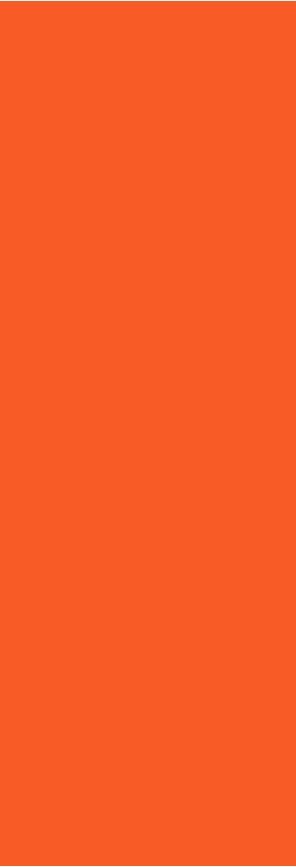

Contra Mundum



Christianity and the arts

Art, literature & film
Literature
Suzanne U. Clark Hearing the “Voice of the Infinite” In the Poetry of Luci Shaw Reading As a Quest for the Divine: The Redemptive Model of Literary Analysis Looking Back on Beginnings (Review of An American Childhood, by Annie Dillard and To School Through the Fields, by Alice Taylor) Mark Harris A New Version of Borges's Three Mark Herring Desquamation and Other Fish Diseases (Review of There's No Such Thing as Free Speech... And It's a Good Thing Too, by Stanley Fish)
Reformed art: Does it exit?
The interest in combining theology and art generally seems to go with Platonist philosophy, for example as in the Inklings writers. This Platonism is more compatible with the vision of an enchanted world, which especially is received by the public as a Christian-friendly religious vision. But another view of the Christian influence on culture is its removal of this enchanted cosmos as an essentially pagan world view that confuses the divine with the created. The confusion of the aesthetic with the spiritual is a serious and seductive error. This view often goes further and considers God’s action in the world to be inscrutable, except when explicitly revealed, as in the Bible. Since God’s presence cannot be show that, leaving aside didactic paintings and depictions of pious acts (the praying hands, etc. that used to be so common on the walls of Protestant homes), the only place where it explicitly enters into art is perhaps the psychological novel. There still remains in this view another way in which Christianity engages art, and that is criticism, which uncovers the religious agenda in much of art and judges it by Christian standards.


MyWebsite.com

© Lorem ipsum dolor sit Nulla in mollit pariatur in, est ut dolor eu
eiusmod lorem

Art,
literature
& film
Literature
Suzanne U. Clark Hearing the “Voice of the Infinite” In the Poetry of Luci Shaw Reading As a Quest for the Divine: The Redemptive Model of Literary Analysis Looking Back on Beginnings (Review of An American Childhood, by Annie Dillard and To School Through the Fields, by Alice Taylor) Mark Harris A New Version of Borges's Three Mark Herring Desquamation and Other Fish Diseases (Review of There's No Such Thing as Free Speech... And It's a Good Thing Too, by Stanley Fish)
Reformed art:
Does it exit?
The interest in combining theology and art generally seems to go with Platonist philosophy, for example as in the Inklings writers. This Platonism is more compatible with the vision of an enchanted world, which especially is received by the public as a Christian-friendly religious vision. But another view of the Christian influence on culture is its removal of this enchanted cosmos as an essentially pagan world view that confuses the divine with the created. The confusion of the aesthetic with the spiritual is a serious and seductive error. This view often goes further and considers God’s action in the world to be inscrutable, except when explicitly revealed, as in the Bible. Since God’s presence cannot be show that, leaving aside didactic paintings and depictions of pious acts (the praying hands, etc. that used to be so common on the walls of Protestant homes), the only place where it explicitly enters into art is perhaps the psychological novel. There still remains in this view another way in which Christianity engages art, and that is criticism, which uncovers the religious agenda in much of art and judges it by Christian standards.
Is art sacred?
In the ancient world it depicted the gods. It most Western homes through the 19th century it was predominantly icons. In modern times art is treated as something special that it is wicked to destroy. Should it enjoy this status? Will the internet, the video camera and industrial design erase the distinction between art and other artifacts of culture?


- Home
- About
- subjects
- French
- Temas
- Auteresindice
- Autores-org
- Autores-a
- Autores-b2
- Autores-ij
- Autores-d
- Autores-ef
- Autores-g
- Autores-h1
- Autores-c
- Autores-k
- Autores-l
- Autores-m1
- Autores-no
- Autores-pq
- Autores-r1
- Autores-r2
- Autores-b1
- Autores-h2
- Autores-s1
- Autores-s2
- Autores-t
- Autores-uv
- Autores-w1
- Documentos
- Perspectivas
- Eng-biblical
- Eng-law
- Eng-law-reviews
- Eng-education
- Eng-arts
- Eng-history
- Eng-economics
- Eng-biography
- Eng-brown
- Spa-recon
- Spa-anglicanos
- Spa-arte
- Spa-cosmovision
- Spa-iglesia
- Spa-pacto
- Spa-refeurop
- eng-federalism
- Spa-economia
- Spa-posreformados
- Spa-milenio
- eng-collections
- spa-etica
- spa-comun
- spa-epistemologia
- spa-t-historia
- blog
- spa-educacion
- spa-politica
- spa-filosofia
- portugues
- spa-reino
- spa-escolasticos
- eng-scolastics
- spa-neocalvinismo
- eng-neocalvinism
- espanol-libros
- sobre
































